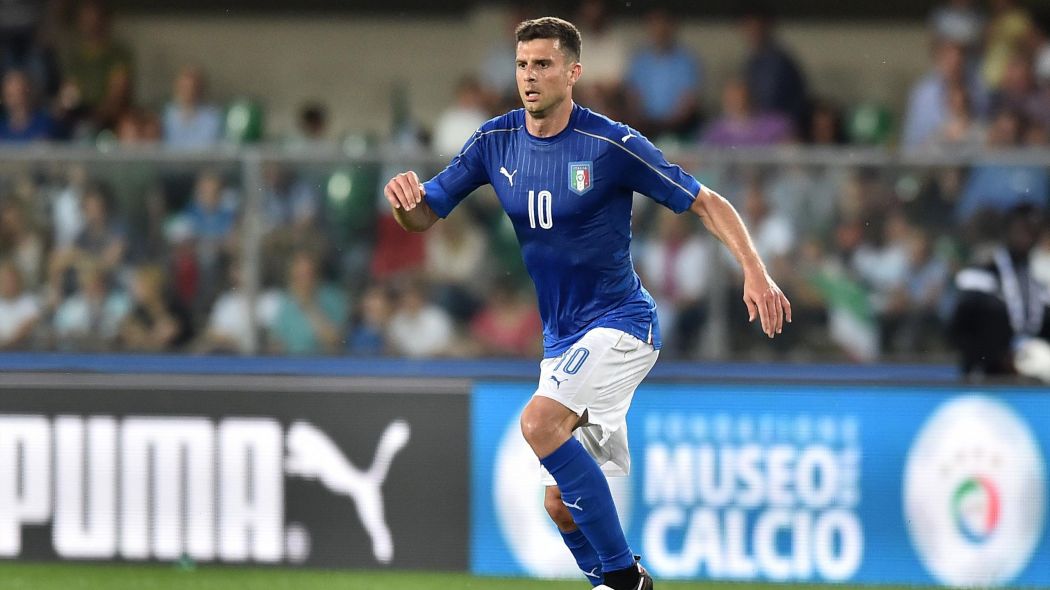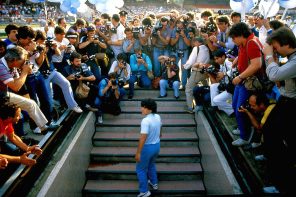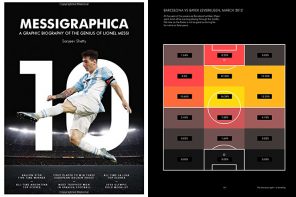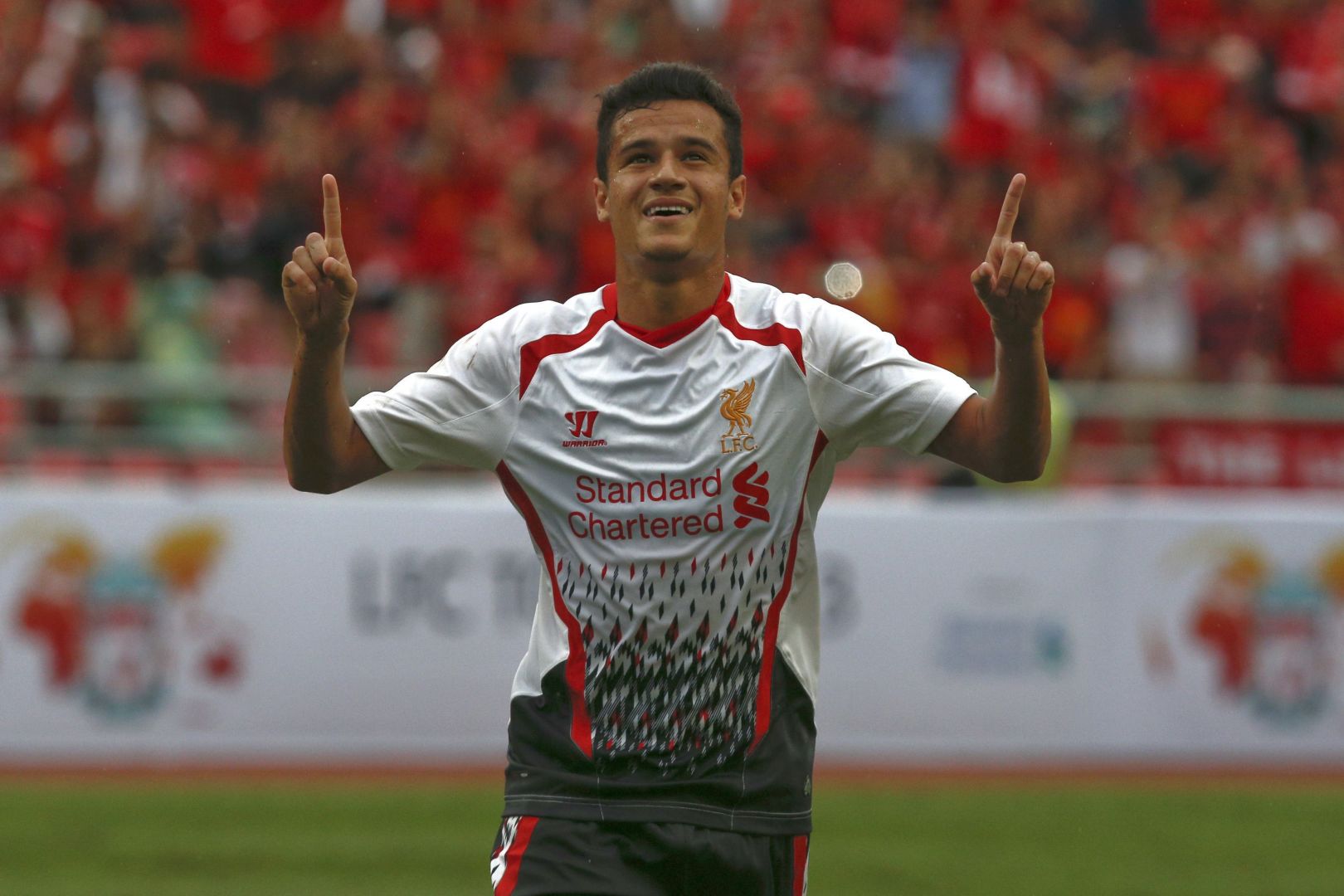Ask anyone to think of the Azzurri Number 10 shirt, and a player inhabiting it, and names that instantly spring to mind are Roberto Baggio, Francesco Totti and Alessandro Del Piero, whilst those of a certain vintage may more associate Gianni Rivera or Giancarlo Antognoni – players of the ilk that gave birth to the term ‘fantasista’.
It’s no surprise, then, that when former Italy manager Antonio Conte caused controversy in his country by selecting Thiago Motta for the Euro 2016 squad, many thought it marked a nadir for the sacred shirt.
For not only is Motta a defensive midfielder, expertly trained in the dark arts of his role, he is also Brazilian – qualifying to represent Italy due to his Grandparent’s heritage.
The Oriundi element of Motta’s presence in an Italy shirt is an argument for another website, however Motta’s chosen shirt number further highlighted an ongoing concern, and, perhaps more surprisingly to many, a possible misconception.
First the concern: it offered further damning evidence of the dearth of talent in the Italian playmaking role which has been a growing worry since Francesco Totti vacated the famous number, then when Andrea Pirlo internationally exiled himself – albeit in the extreme twilight of his career – by moving to the USA.
Conte’s dismissive attitude of MLS also led him to discount Sebastian Giovinco, who many believed to be a real contender – and more of a natural fit – for the No.10. Even 22 goals and 16 assists could not convince the Italy coach, who said prior to his squad selection:
We evaluated Pirlo and Giovinco. It’s normal that if you choose to go and play there [in MLS] then you can pay the consequences in footballing terms.
We evaluated them technically, we didn’t leave anything to chance. Anyone who thinks otherwise is wrong, we went everywhere to have clear and precise ideas. I picked the [players] who I think will give me the most guarantees.
Those ‘chosen and trusted’ by Conte to join Motta in midfield are Daniele de Rossi, Alessandro Florenzi, Marco Parolo, Stefano Sturaro – hardly creatively inspiring – whilst forwards Emanuele Giaccherini, Antonio Candreva, Eder, Ciro Immobile, Lorenzo Insigne, Graziano Pelle, Simone Zaza, Stephan El Shaarawy and Federico Bernardeschi make up the attack.
Of that group only two names stand out, namely Insigne and Bernardeschi. And whilst the Fiorentina man draws inspiration from the No.10 heroes of yesterday, by once stating:
I always saw Totti as my role model for the way he plays and his charisma. I like great players and big characters who have worn the No.10 who make their mark on football, like Baggio and Antognoni.
He is yet to make his mark as a conventional playmaker, as is, arguably, Insigne – another non-guaranteed starter; although the Napoli man enjoyed a superb season in Serie A. Indeed, it seems as if the only hope of a magical spark being provided from within the Azzurri squad can come from Insigne – yet Motta will wear the mercurial shirt number, causing outrage.
Italy’s Number 10 shirt has an extremely strong heritage when it comes to those deemed gifted enough to wear it; yet this is where a slight misconception also occurs.
Discounting the last two major tournaments when Antonio Cassano fitted the role and donned the number (despite not being at his, or indeed the team’s, eminent best), striker Antonio Di Natale occupied the jersey for Italy’s disastrous 2010 World Cup campaign, as has Mario Balotelli and Giovinco (briefly). Midfielders Alberto Aquilani and the combative Daniele de Rossi have worn it, but most recent incumbent was the busy and probing Marco Verratti, until injury.
Before the Azzurri was absolutely spoilt during what was a golden period for the shirt and its fantasista association which featured Totti, Del Piero, Gianfranco Zola and Roberto Baggio, Italy’s Number 10 bearer for their World Cup on home soil (in 1990) was…the lung-bursting midfield workhorse, Nicola Berti.
That Italia ’90 squad actually featured three authentic 10s but they were assigned (or chose) different numbers: Roma playmaker Guiseppe Giannini wore ‘lucky’ 13, Roberto Mancini had 18, whilst a young Baggio shot to worldwide fame wearing 15.
Italy’s Euro ’88 squad again featured Mancini with no.18, whilst Giannini had the no.14. Who wore the mercurial 10 then? Defender-cum-midfielder, Luigi De Agostini, whilst aggressive central midfielder Salvatore Bagni held the number during Mexico ’86.
Even scene of one of Italy’s greatest triumphs, the successful 1982 World Cup campaign, had the eminent and classy fantasista Giancarlo Antognoni wearing no.9, whilst Guiseppe Dossena, himself a creative midfield playmaker who was granted the 10 shirt, remained an unused sub throughout the tournament.
The 1978 World Cup in Argentina saw tenacious midfield man Romeo Benetti holding the jersey, whilst going back even further to the European Chmpionships held in 1968, saw the stylish revolutionary left-back, captain Giacinto Facchetti, grace the magic number.
So whilst Motta’s presence in the Azzurri number 10 shirt seems as foreign as his birth roots, the history of this famous jersey is not as strongly tied to its fantasista/trequartista tradition as one might think.
Whether it should be safeguarded as such is another debate.








world of tanks скачать бесплатно – как удалить моды в танках, действующий инвайт код для танков